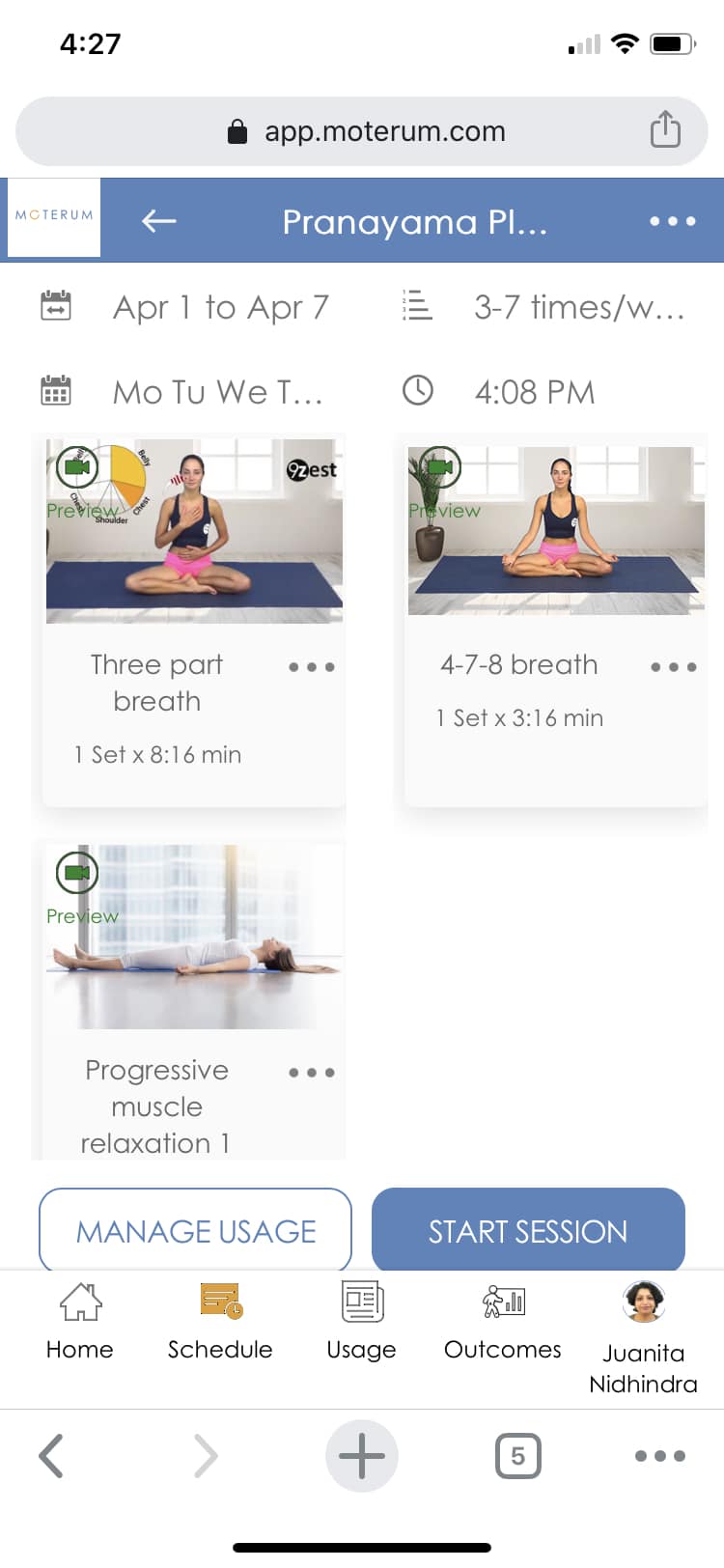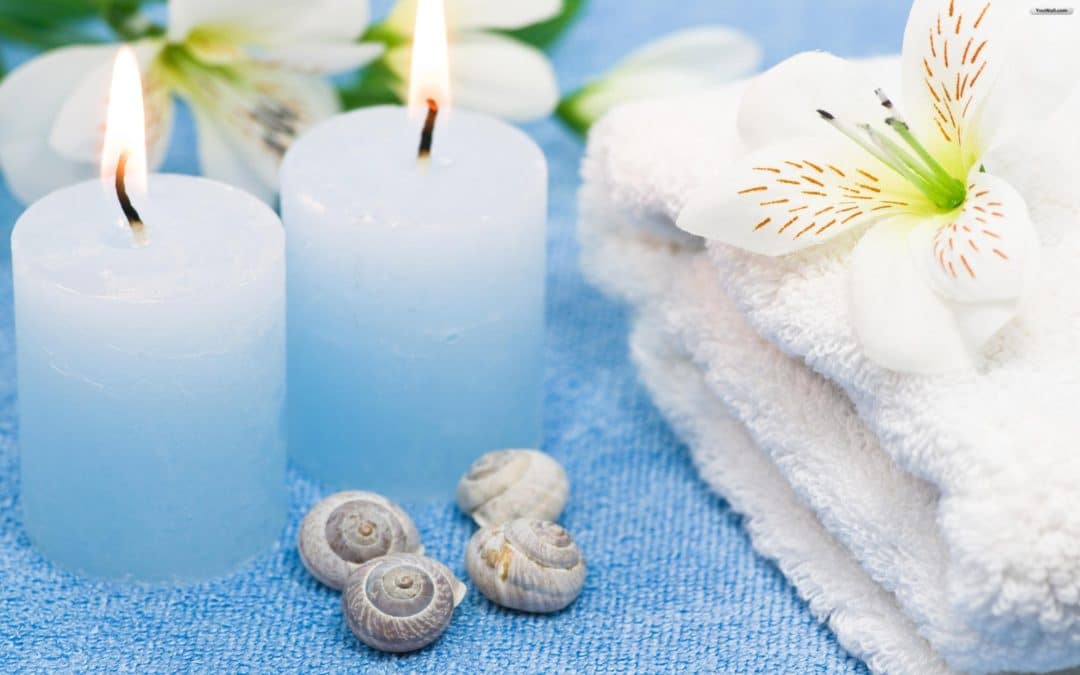Keeping Calm Amidst Chaos – Tips to Promote a Calm Mindset
By: Brie Darcy, PT, DPT
We all worry, feel upset and get nervous from time to time. Challenging situations arise in all of our lives. It’s part of the human experience. Some situations are individualized, while others can affect larger groups or even whole communities.
As you are well aware, we are experiencing a rare time in history. The spread of the coronavirus, now categorized as a pandemic and global health emergency, has created distinct uncertainty in our country (and world). If you find yourself feeling nervous or a bit more anxious than during times of status quo, you are certainly not alone. While this situation is unique, times of challenge are inevitable, and the ability to remain calm and focused is a valuable skill to possess during any and all times of stress.
First, it’s important to note that anxiety is often a healthy and protective response, even considered beneficial at the right levels. Anxiety can help us focus our attention, motivate us to make positive changes or help us respond to dangerous threats. Constant or excessive anxiety or worry, however, can become unproductive and negatively impact health. Essentially, it is beneficial to find the ‘sweet spot’ where we are calm and relaxed but focused.
One of the most effective ways to promote calm during a storm is something we do every day. Actually, if you are reading this, it is something you are doing right now… BREATHING.
While breathing is an automatic activity, one that occurs without thought, focusing our attention on specific breathing techniques and “types” of breaths, is regarded as one of the most effective ways to promote calm and relaxation. Below we share several effective breathing strategies that set you in a calming direction. Please note that some individuals may experience dizziness or lightheadedness when performing breathing exercises, so it’s important to perform these techniques sitting or lying down.
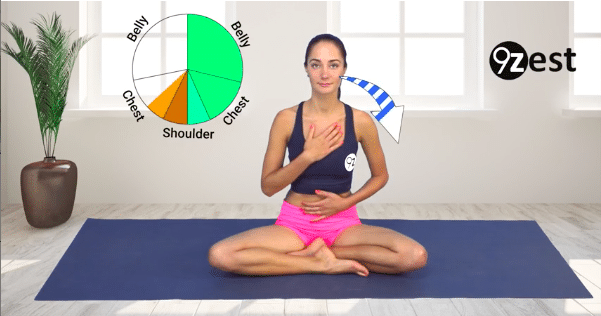
Diaphragmatic (“Belly” or “Abdominal”) Breathing
This breathing technique highlights the very important diaphragm muscle. The diaphragm sits at the base of the chest, separating the abdominal and thoracic (chest) cavities. While the diaphragm is considered the principal muscle of breathing (and is active in both shallow and deeper breathing patterns), the following technique focuses the breath to this muscle (and away from other muscles group in the neck and chest which can become more active with shallower breathing). To practice diaphragmatic breathing…
- Sit or lie in a comfortable position.
- Place one hand over your chest and the other hand over your stomach.
- Take a slow, deep breath in through your nose. The hand on your stomach should rise during your inhale while the hand on your chest remains relatively still.
- Exhale slowly through your mouth, lightly contracting your abdominal muscles as you exhale. The hand on your stomach should lower while the hand on your chest remains mostly still.
Try practicing this pattern for 5 – 10 minutes, especially when feeling anxious. This technique can provide a host of benefits, including lowering your heart rate, lowering your blood pressure, slowing your rate of breathing (which can conserve energy), and, importantly, lowering stress and anxiety.
4-7-8 Breathing
This technique, developed by Dr. Andrew Weil, is sometimes referred to as “relaxing breath” for a good reason – it promotes relaxation! To try this technique…
- Sit or lie down in a comfortable position.
- Perform a full exhale to empty the lungs of air.
- Take a breath in quietly through the nose for a count of 4.
- Hold the breath, at the top of your inhale, for a count of 7.
- Exhale fully through the mouth making a ‘whooshing’ sound, for a count of 8.
- Repeat this cycle up to 4 times.
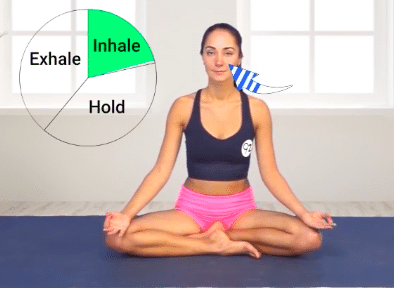
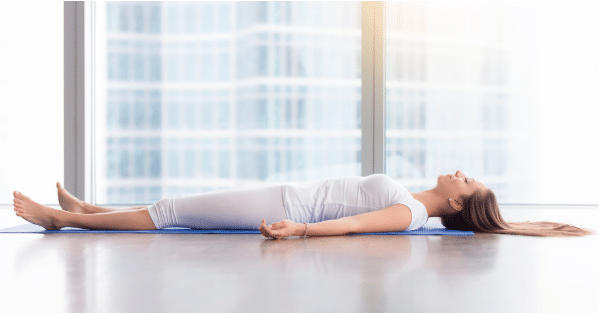
Progressive Muscle Relaxation
This technique requires a focused effort of contracting and releasing muscle groups and can be extremely helpful in promoting physical and mental relaxation. To try progressive muscle relaxation…
- Find a comfortable position lying down.
- Take a few slow, deep breaths to relax.
- Next, you will perform a sequence of muscle contractions and relaxation as you inhale and exhale. Start with your feet and move up through your body.
- Take a breath in and tighten the muscles in your feet. Relax these muscles as you exhale, letting go of any tension.
- Give yourself 10 – 20 seconds to relax before moving on to the next muscle group.
- Next, take an inhale and tighten the muscles of your calves. Relax these muscles as you exhale.
- Perform this same sequence, working your way up your body. Be sure to include your thighs, abdominal muscles, chest, upper arms, fingers, neck and face. Feel your body relax one muscle group at a time.
We hope you find these exercises helpful for promoting a calm, relaxed and focused mindset even during times of challenge. Wishing health and wellness for you and your loved ones!
– Moterum Technologies
If you feel excessive worry, panic attacks or anxiety that persists, causes distress or affects physical functioning, please seek help from your medical provider.
